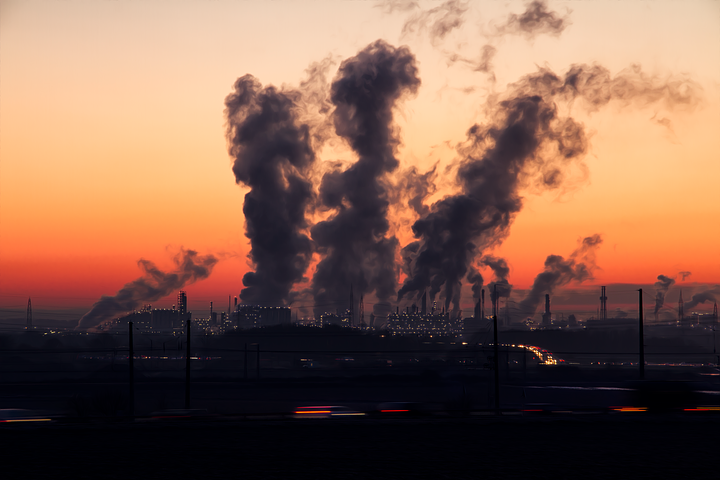
18/07/22 12:20 PM IST


What are the major findings of Lancet Commission?
Why the report had been opposed in India?
Lead pollution
When new guidelines were released for Air quality?
Suggestions
Where most polluted cities are located around the world?
India’ s Performance
Air pollution in India
Who recently released the Air Quality database 2022?
Findings
Source of Air Pollution
How is PM 2.5 measured?
Measures taken by Government

17 Sep
'Dehradun and several other districts in Uttarakhand have experienced very heavy rainfall over the past few days, triggering landslides in multiple areas and causing rivers to swel
Read More
08 Sep
'The Rajasthan Coaching Centres (Control and Regulation) Bill, 2025, is a significant piece of legislation passed by the Rajasthan Assembly to regulate and oversee the state's burg
Read More
28 Aug
'Recently, the Indian Space Research Organisation (ISRO) successfully carried out its first Integrated Air Drop Test (IADT-1), a crucial milestone in the preparation for the countr
Read More